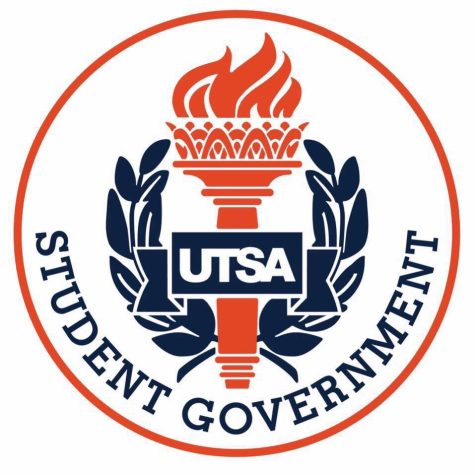UTSA remains consistent in its enrollment numbers
October 12, 2021
According to the National Student Clearinghouse Research Center, college enrollment fell to 16.9 million students for the Spring 2021 semester, a 3.5% decline from the previous year. However, despite the sharp decline nationally, UTSA remains consistant in its enrollment numbers. In Fall 2020, UTSA welcomed 34,742 enrollments and in the Fall 2021 semester the number remained steady at 34,742.
Lynn Barnes, Senior Vice Provost for strategic enrollment, handles recruitment, admissions, financial aid and the areas charged with students getting to UTSA and being successful. Barnes explained that perhaps the reason for remaining steady in enrollment numbers, despite the pandemic, is due to the university program quality.
“Clearly we have a huge demand for our programs and the desire for our programs continues to grow,” Barnes said. “We had a very strong recruitment class and the number of students admitted was up from previous years. I think the strong interest in UTSA and our high quality programs contributed to our positive enrollment growth.”
The university also surpassed several milestones in its enrollment data. The current freshman class is 5,500, the largest in UTSA history. In addition, UTSA experienced the largest enrollment in its history in its master’s and doctoral programs. There were 3,862 students in UTSA’s master’s programs, up 2.7% and 959 students in doctoral programs, a 6.7% increase.
With the growth of UTSA becoming statistically evident, Barnes explained UTSA’s strategies in building its infrastructure to accommodate more students.
“We definitely continue to bring on new faculty and build our capacity to continue growing in our enrollment, which is part of our president’s strategic plan,” Barnes said. “Our financial resources, financial aid and scholarship programs continue to grow as we get more students, so we are hoping students will be successful in that way. Finally, our student success division, [possesses] the resources available for students to be successful in their academic program.”
Retention rates for first-year students increased 0.4% and the university maintained 78% of its full-time freshman. In addition, the average degree time decreased from 4.5 to 4.4 years. In the Fall 2019 semester, UTSA launched its Bold Promise Initiative, which covers undergraduate tuition and fees for four years. The program is targeted towards freshmen from families with income up to $50,500, who rank in the top 25% of their high school classes and have graduated high school within 16 months of their initial enrollment. New data showed UTSA welcomed 776 new Bold Promise program recipients this year.
Notably, 557 students enrolled in a fully online program for the Fall 2021 semester, a 53% increase compared to the previous year. Barnes explained how and why UTSA continues to bolster its online student experience.
“Even before the pandemic, we were positioning ourselves to grow our fully online program and certainly the pandemic helped accelerate that,” Barnes said. “There is a demand for a fully online experience for students who need that flexibility. The university continues to grow and there will continue to be options for students in the near future for fully online programs, so I think it is here to stay and it will continue to grow in interest.”
Finally, the Carlos Alvarez College of Business is the second-largest college with 6,400 students, 18% of the student population; the College of Sciences, the third largest college at 16% of the population, enrolled 5,500 students. The largest college, the College for Health, Community and Policy houses more than 6,700 students and makes up 19% of the student population. As growth continues and the demographics shift within the university, Barnes explained what the university does and continues to do to build momentum.
“As enrollment grows, we have to invest in our students.” Barnes said. “We are a multi-campus entity, we have our Downtown campus which will grow quite significantly in the next few years and we have a new building in our cybersecurity area downtown. On the Main Campus we are bringing in new residence halls and making sure there is enough capacity for the students who are physically here on campus. All of that is part of the long term strategic plan, so as enrollment grows we also have capacity to serve our students in a high quality environment.”












